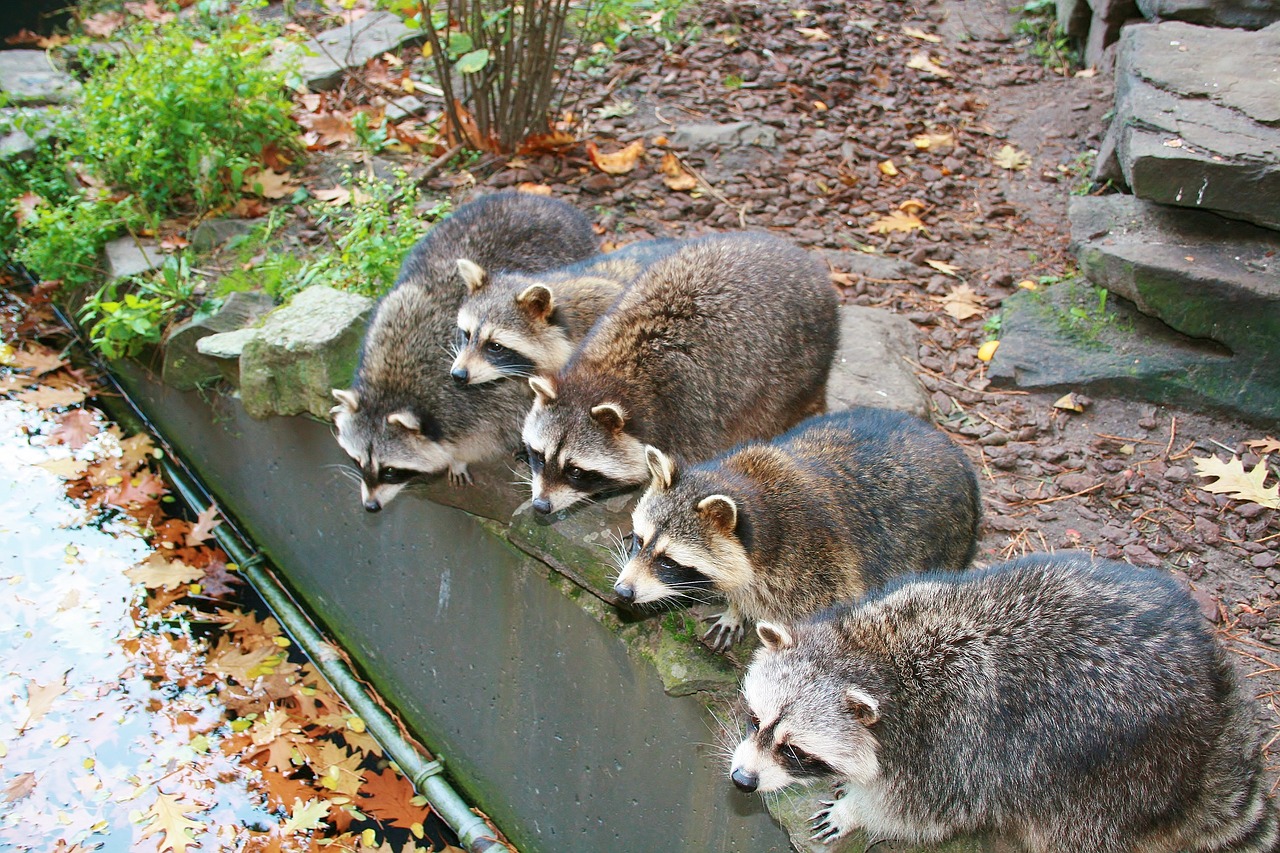 Shutterstock
Shutterstock
Many animals in the natural world have evolved unique and sometimes bizarre ways to communicate, defend themselves, or attract mates, and some of these methods involve unusual or unpleasant smells. Nature has equipped these creatures with olfactory traits that are anything but ordinary. These smells often serve important survival purposes, whether for deterring predators, marking territory, or signaling danger. These animals remind us that in nature, everything—even the most unpleasant odors—has a crucial role to play in helping them thrive and navigate their environments.
Skunk
 Shutterstock
Shutterstock
The skunk is undoubtedly the most famous creature known for its bizarre smell. When threatened, skunks can spray a foul-smelling liquid from their anal glands that can cause a burning sensation and linger for days. The chemical compounds in the spray, primarily sulfur-containing thiols, are what give it its signature rotten-egg odor. Skunks use this defense mechanism to ward off predators, and it is highly effective—few creatures are willing to get too close once the scent is released. Despite the smell, skunks are often shy and non-aggressive, using their spray only as a last resort.
Stink Bug
 Shutterstock
Shutterstock
Stink bugs, also known as shield bugs, release a pungent odor when threatened or disturbed. This smell is produced by special glands on their abdomen, which excrete a fluid that’s often compared to the scent of rancid food. The purpose of this smell is to repel predators and deter threats. The stink bug’s odor can be so overwhelming that it has earned the bug its name and reputation as an unwelcome guest in gardens and homes. Interestingly, the odor is so effective that it’s also used in certain traditional medicines in some cultures.
Bombardier Beetle
 Shutterstock
Shutterstock
The bombardier beetle is famous for its ability to spray a hot, noxious liquid from its abdomen when threatened. The liquid is produced through a chemical reaction between hydrogen peroxide and hydroquinones inside the beetle’s body. This creates a small explosion of boiling chemicals, which are not only irritating but also carry a strong odor. The scent is described as acrid and musty, and it helps deter predators like frogs and birds. The bombardier beetle’s remarkable defense mechanism is a perfect example of nature’s ingenuity in weaponizing odors for survival.
Vultures
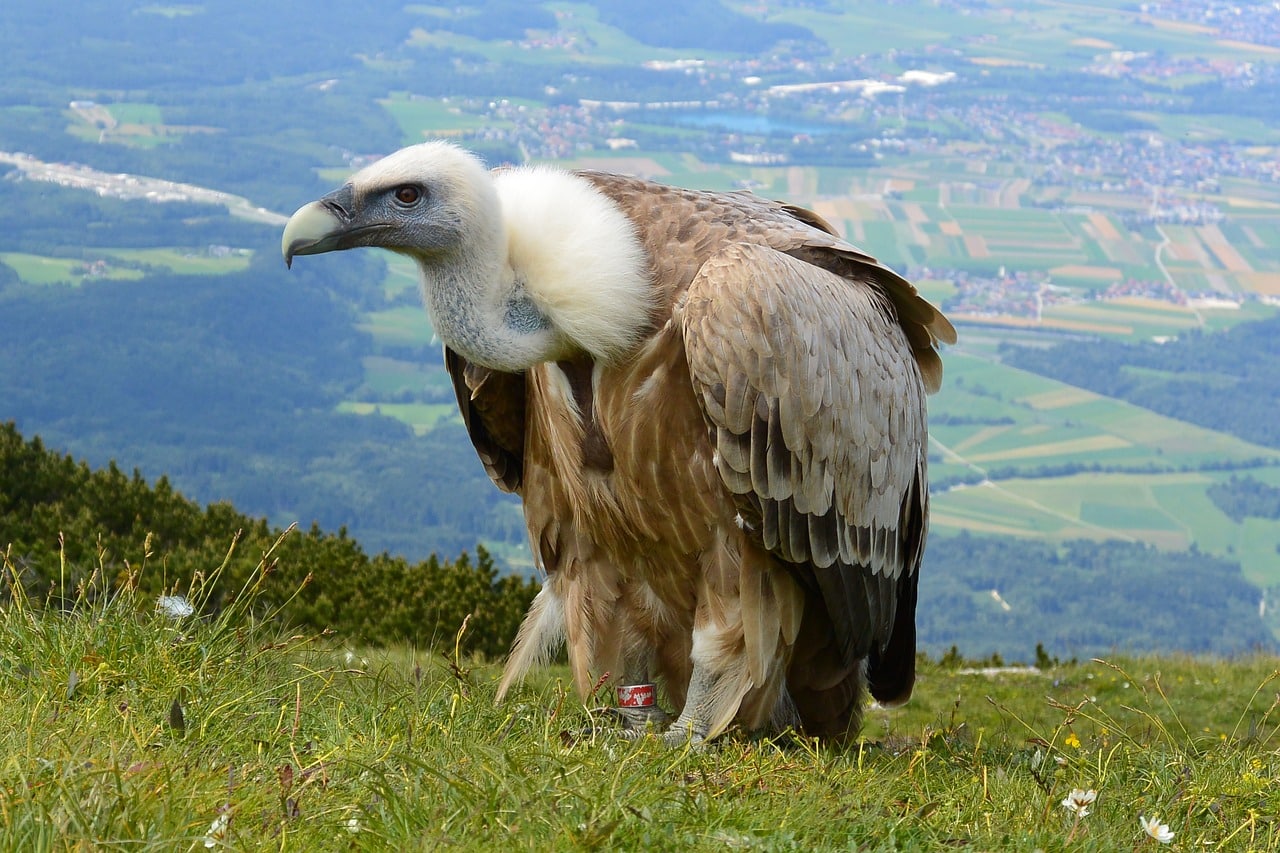 Shutterstock
Shutterstock
Vultures are notorious for their unpleasant smells, which are often associated with their diet of decaying meat. These scavengers have a keen sense of smell that helps them locate carrion from miles away. However, the smell of their digestive system is not much better. As vultures feed on rotting flesh, they often release foul odors from their bodies due to the bacteria in their stomachs and the breakdown of decaying matter. Vultures also have a unique habit of urinating on their legs, which not only keeps them cool but adds to the unpleasant odor that surrounds them.
Red Fox
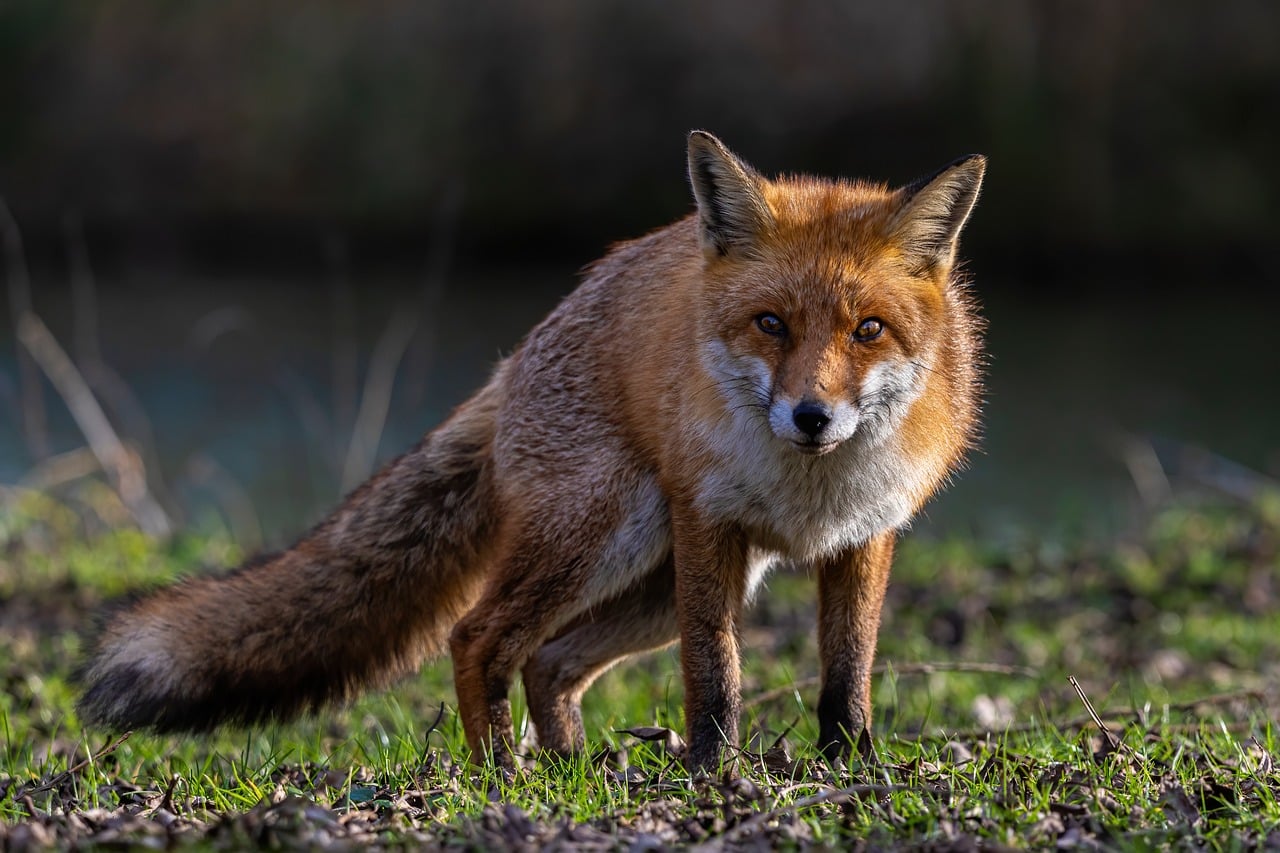 Shutterstock
Shutterstock
Red foxes are known for a variety of smells, including a musky, musky scent that’s often used to mark their territory. Both male and female foxes release these odors from glands located near their anus and in their feet. These secretions contain a complex mixture of pheromones and other chemicals that communicate their presence to other foxes. While the scent is usually faint, it can become quite strong during mating season when foxes are more active. The smell of a fox’s den can also be overpowering, as they often mark their territory with urine and feces.
Musk Ox
 Shutterstock
Shutterstock
Musk oxen are large, shaggy mammals native to the Arctic tundra, and they get their name from the musky odor emitted by the males during mating season. The scent comes from glands located near their eyes and is strongest when the males are looking to attract females. The musky smell is described as a pungent, sweaty odor, which can be overpowering when the oxen are in close quarters. The scent serves as a way to mark territory and signal to other musk oxen that the area is already claimed.
Hickory Horned Devil
 Shutterstock
Shutterstock
The hickory horned devil, the larvae of the royal walnut moth, is a large caterpillar that emits a strange, foul odor when disturbed. This smell is produced from glands located near its head, and it’s believed to serve as a deterrent to predators like birds. The scent is often described as similar to the smell of spoiled fruit or overripe bananas, which is enough to send most creatures running. Despite its intimidating appearance, the hickory-horned devil is harmless and rarely poses a threat to humans.
Raccoon
 Shutterstock
Shutterstock
Raccoons are known for their cleverness, but they also have a reputation for their distinctive, musty odor. This scent comes from their glands, which release a strong-smelling fluid that is often compared to the smell of musk or ammonia. Raccoons use this odor to mark their territory and communicate with other raccoons. The scent is also produced when they are under stress or frightened, contributing to the overall unpleasant smell associated with these nocturnal creatures. The raccoon’s ability to adapt and scavenge for food is reflected in its distinctive scent.
African Wild Dog
 Shutterstock
Shutterstock
African wild dogs, known for their distinctive markings and social behavior, are also notorious for their pungent odor. These dogs emit a strong, musky scent, often described as a mixture of rotting meat and sweat. The odor is particularly noticeable during mating season or when they are gathered in large packs. The smell serves a social purpose, helping to reinforce the pack’s scent-marked territories. The African wild dog’s odor is an essential part of its communication strategy, making it an integral part of their social structure.
Lesser Anteater
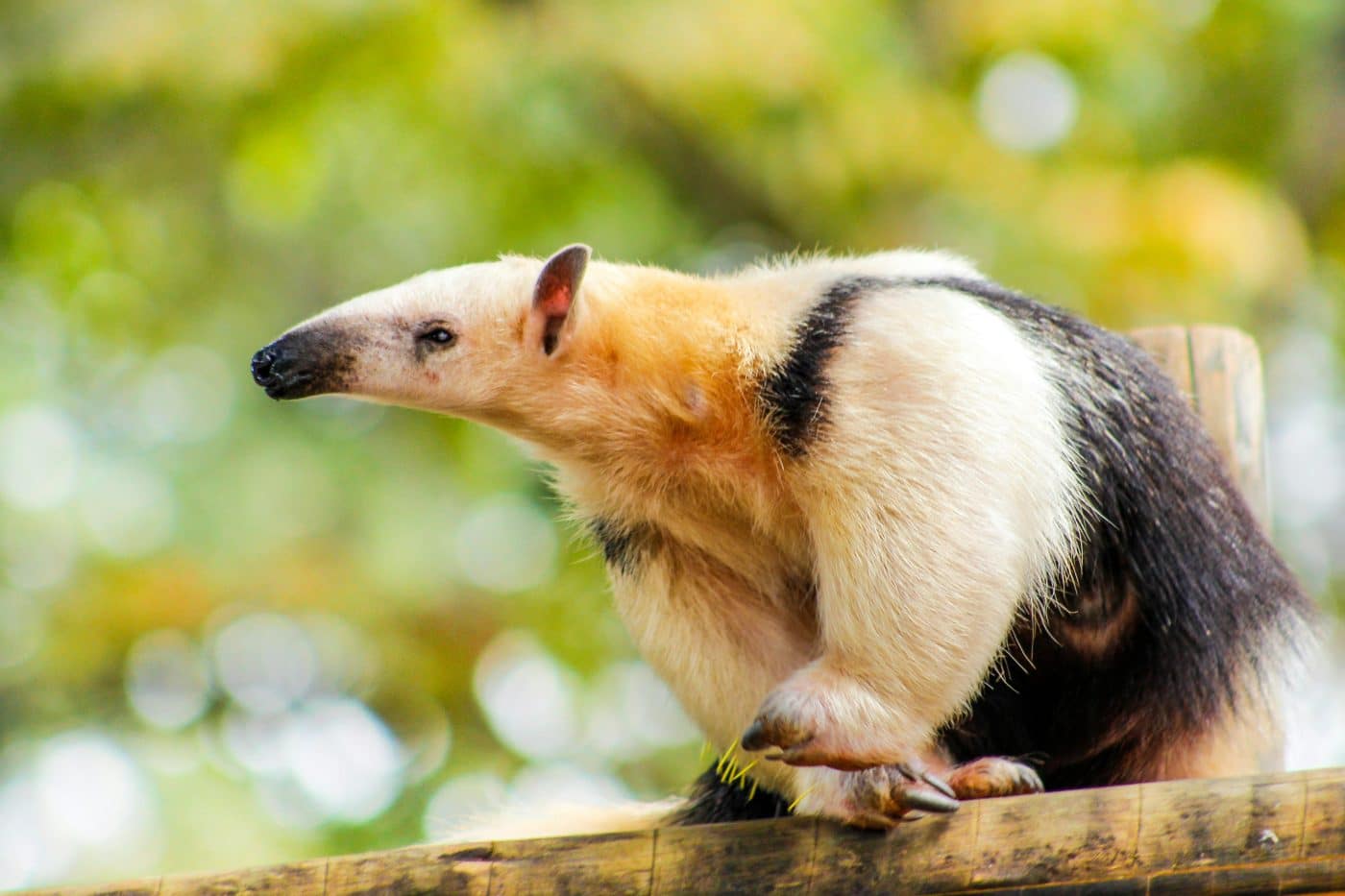 Shutterstock
Shutterstock
The lesser anteater, or tamandua, has a scent that can only be described as musty and earthy, which it produces from its anal glands. This smell acts as a defense mechanism, signaling its presence to predators, and it’s particularly strong when the anteater is agitated or frightened. While these creatures are primarily solitary and slow-moving, their smell can be off-putting to larger animals. The odor helps the lesser anteater maintain its privacy in dense forests, as few animals are keen to approach the source of such a stench.
Gharial
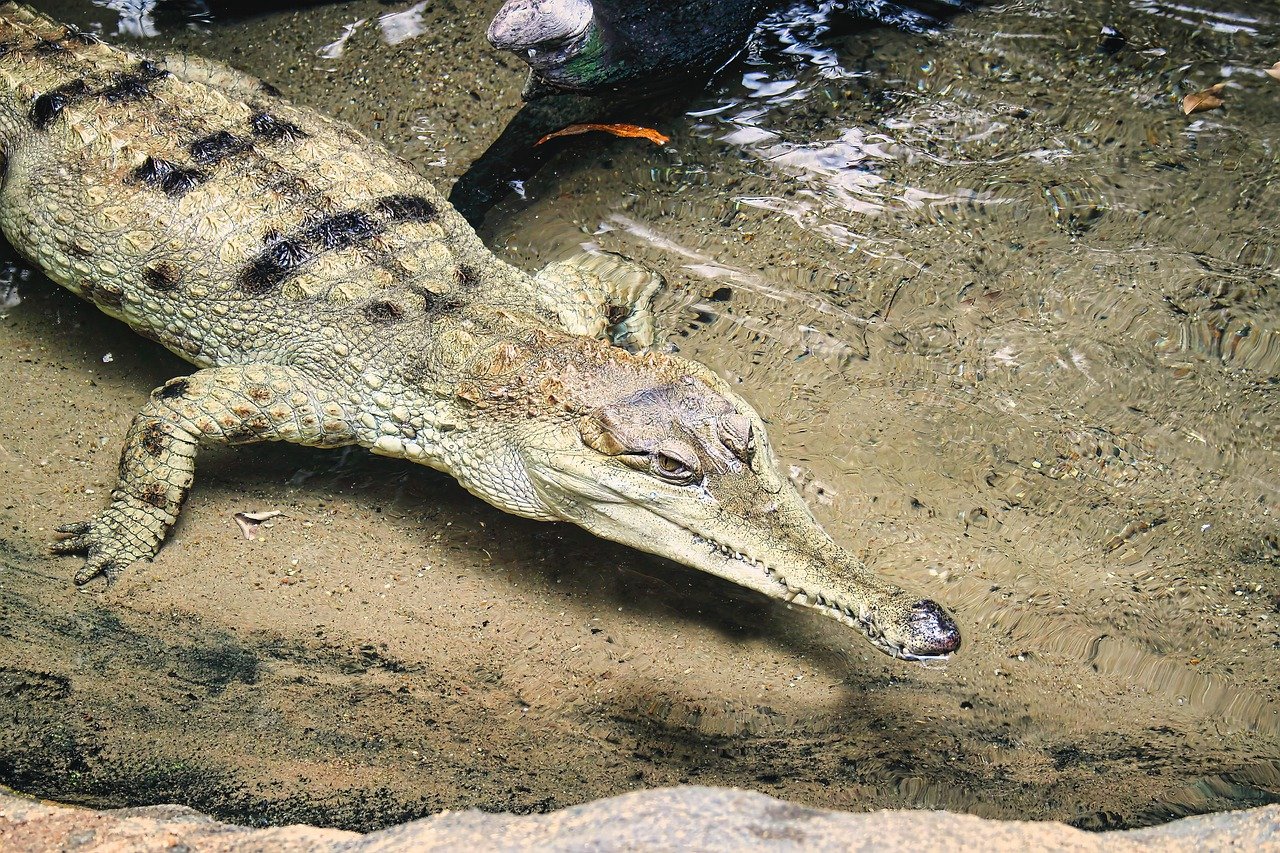 Shutterstock
Shutterstock
The gharial, a rare crocodilian species native to the rivers of India and Nepal, is known for its pungent smell, which emanates from its environment and body. These reptiles often live in muddy, polluted rivers where the air is filled with the smell of decaying plant matter, fish, and other organic substances. While the gharial itself isn’t known to produce an overwhelming odor, the mixture of rotting debris in its habitat and its musky scent creates a distinct and strong smell that is unpleasant to many.
European Polecat
 Shutterstock
Shutterstock
The European polecat, a close relative of the ferret, is notorious for its pungent odor. Like skunks and other mustelids, the polecat can spray a foul-smelling liquid from its anal glands when it feels threatened. The scent is described as musky but with a sharp, unpleasant undertone, reminiscent of decaying flesh or rotten eggs. This unique smell is used by the polecat to defend itself against predators and to mark its territory, signaling to other animals that the area is already claimed.
Binturong
 Shutterstock
Shutterstock
The binturong, also known as the bearcat, is a nocturnal mammal found in Southeast Asia. While it’s not a bear nor a cat, it gets its name from its curious appearance and strong odor. The binturong has a scent that has been described as resembling popcorn or burnt corn. This odor comes from glands located near its anus and serves to mark its territory and communicate with other binturongs. The smell is particularly noticeable when the animal is agitated or during mating season.
The Nose Knows What’s Weird
 Shutterstock
Shutterstock
The animal kingdom and plant world are full of creatures with smells that are truly bizarre and unforgettable. These odors serve essential survival purposes, such as deterring predators, attracting mates, or marking territory. Each creature has evolved in distinct ways to make sure its scent is noticed. These fascinating animals prove that when it comes to smell, they certainly know how to make an impression, showing that in nature, even the most unusual odors have a powerful role in helping them thrive.
 Toledo, United States.
Toledo, United States.